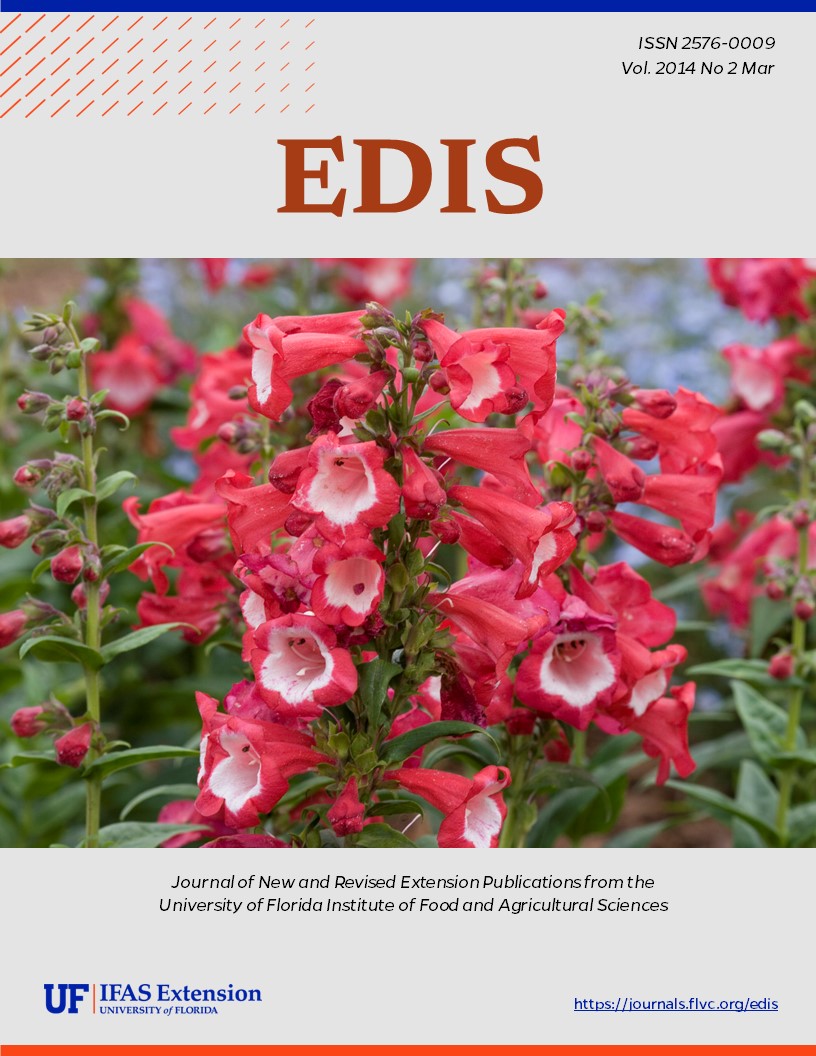Abstract
This document provides an in-depth profile of the fir tussock moth (Orgyia detrita), focusing on its distribution, description, life cycle, and medical importance. It details the moth’s larvae, cocoons, pupae, and adult forms, highlighting their unique characteristics and behaviors. The article also discusses the moth’s natural enemies, including predators, pathogens, and parasitoids, and offers control measures for managing infestations. Additionally, it addresses the medical significance of the moth’s urticating hairs, which can cause dermatitis in humans. The document is intended for both laypersons and academic audiences interested in entomology.
References
Arnaud PH. 1978. A Host-Parasite Catalog of North American Tachinidae (Diptera). United States Department of Agriculture Miscellaneous Publication 1319. Washington, D.C. (Accessed 21 March 2020)
Atrubin D, Granger K. April 28, 2006. Contact dermatitis in daycare facilities. EPI-NOTES Disease Surveillance Newsletter. Hillsborough County (Florida) Health Department.
Atrubin D, Wansbrough L, Cruse K, Stanek D, Blackmore C. 2012. Caterpillar-associated rashes in children - Hillsborough County, Florida, 2011. Morbidity and Mortality Weekly Report 61(12): 209–212. (Accessed 21 March 2020)
Beadle D, Leckie S. 2012. Petersen Field Guide to Moths of Northeastern North America. Houghton Mifflin Publishing Company. New York, New York. 611 pp.
Borror DJ. 1960. Dictionary of Word Roots and Combining Forms. Mayfield Publishing Company. Palo Alto, California. 134 pp.
Castellanos I, Barbosa P, Caldas A. 2011. Dropping from host plants in response to predators by a polyphagous caterpillar. Journal of the Lepidopterists Society 65(4): 270–272.
Cruse K, Atrubin D, Loyless T. 2007. Rash illness outbreaks at daycare facilities associated with the tussock moth caterpillar, April 2004 and April 2005. Florida Journal of Environmental Health 195:14–17.
Cunningham JC. 1972. Preliminary studies of the nuclear-polyhedrosis viruses infecting the white-marked tussock moth, . Information Report. Insect Pathology Research Institute. Department of the Environment. Canadian Forestry Service. Sault Ste. Marie, Ontario, Canada. 23 pp. + figures. (Accessed 21 March 2020)
Diaz JH. 2005. The evolving global epidemiology, syndromic classification, management, and prevention of caterpillar envenoming. American Journal of Tropical Medicine and Hygiene 72(3): 347–357.
Ferguson DC. 1978. The Moths of America North of Mexico Including Greenland. Fascicle 22.2 Noctuoidea: Lymantriidae. E.W. Classey, Ltd. London. 110 pp.
Foltz JL. 2004. Tussock moth caterpillars in Florida. (Accessed 21 March 2020)
Foltz JL. 2006. Tussock moth caterpillars in north central Florida. Integrated Pest Management Florida. IFAS Extension. University of Florida. (Accessed 21 March 2020)
Gilmer PM. 1925. A comparative study of the poison apparatus of certain lepidopterous larvae. Annals of the Entomological Society of America 18: 203–239.
Godfrey GL. 1987. Lymantriidae. In Stehr FW. Immature Insects. Kendall/Hunt Publishing Company. Dubuque, Iowa. pp. 544–548.
Goldman L, Sawyer F, Levine A, Goldman J, Goldman S, Spinanger B. 1960. Investigative studies of skin irritations from caterpillars. Journal of Investigative Dermatology 34(1): 67–79.
Grant GG, Slessor KN, Wei L, Abou-zaid MM. 2003. (Z,Z)-6,9-heneicosadien-11-one, labile sex pheromone of the whitemarked tussock moth. Journal of Chemical Ecology 29(3): 589–601.
Gries R, Khaskin G, Khaskin E, Foltz JL, Schaefer PW, Gries G. 2003. Enantiomers of (Z,Z)-6,9-heneicosadien-11-ol: Sex pheromone components of Orgyia detrita. Journal of Chemical Ecology 29(10): 2201–2212.
Hayashi Y, Bird HT. 1968. Properties of a cytoplasmic-polyhedrosis virus from the white-marked tussock moth. Journal of Invertebrate Pathology 12(1): 140.
Henn T, Weinzierl R, Koehler PG. 2009. Beneficial Insects and Mites. ENY-276. IFAS Extension. University of Florida. Gainesville, Florida. 15 pp. + Figures.
Heppner JB. 2003. Lepidoptera of Florida. Part 1. Introduction and Catalog. Volume 17 of Arthropods of Florida and Neighboring Land Areas. Division of Plant Industry. Florida Department of Agriculture and Consumer Services. Gainesville, Florida. 670 pp.
Hossler EW. 2009. Caterpillars and Moths. Dermatologic Therapy 22: 353–366.
Hossler EW. 2010. Caterpillars and Moths. Part II. Dermatologic manifestations of encounters with Lepidoptera. Journal of the American Academy of Dermatology 62(1): 13–28.
Knight HH. 1922. Observations on the poisonous nature of the white-marked tussock-moth (Hemerocampa leucostigma Smith and Abbott). The Journal of Parasitology 8(3): 133–135.
Krombein KV, Hurd PD, Jr., Smith DR, Burks BD. 1979. Catalog of Hymenoptera in America North of Mexico. Volume 1. Symphyta and Apocrita (Parasitica). Smithsonian Institution Press. Washington, D.C. 1198 pp. (Accessed 21 March 2020)
Medina RF, Barbosa P. 2002. Predation of small and large Orgyia leucostigma (J.E. Smith) (Lepidoptera: Lymantriidae) larvae by vertebrate and invertebrate predators. Environmental Entomology 31: 1097–1102.
Mosher E. 1916. A classification of the Lepidoptera based on characters of the pupae. Bulletin of the Illinois State Laboratory of Natural History 12:17–159. (Accessed 21 March 2020)
O'Hara JE, Wood DM. 2004. Catalogue of the Tachinidae (Diptera) of North America north of Mexico. Associated Publishers. Gainesville, Florida. 410 pp.
O'Hara JE. 2012. Update of Tachinid Names in Arnaud (1978). (Last update: 3 December 2013) (Accessed 21 March 2020)
Orgia detrita entry at North American Moth Photographer's Group. Mississippi Entomological Museum, Mississippi State University, Starkville, MS. (Accessed 21 March 2020)
Orgia definita entry at North American Moth Photographer's Group. Mississippi Entomological Museum, Mississippi State University, Starkville, MS. (Accessed 21 March 2020)
Orgia leucostigma entry at North American Moth Photographer's Group. Mississippi Entomological Museum, Mississippi State University, Starkville, MS. (Accessed 21 March 2020)
Thurston GS. 2002. Orgyia leucostigma (J.E. Smith) whitemarked tussock moth (Lepidoptera: Lymantriidae). pp. 201–203. In Mason PG, Huber JT, eds., Biological Control Programmes in Canada, 1981–2000. CABI Publishing. New York. 583 pp.
Wagner DL. 2005. Caterpillars of Eastern North America. Princeton University Press. Princeton, New Jersey. 512 pp.

This work is licensed under a Creative Commons Attribution-NonCommercial-NoDerivatives 4.0 International License.
Copyright (c) 2014 UF/IFAS

